
General Idea
Fuzhou, abbreviated to "Rong", is the capital city and the political, economic, scientific and cultural centre of Fujian Province. It has an advantageous geographical position, bordering Fujian and Guangdong province, east to Fujian and south to Ganzhou connecting Guangdong. Fuzhou is the regional marketable grain base in China. It has got abundant special agricultural products. The forest coverage reaches about 65%; and also Fuzhou is the main production area of wood & bamboo. Also, Fuzhou is abundant in mineral resources; the amount of the non-metallic minerals and proven metal is up to more than 60 kinds.
Geography and Climate
The city has a warm and humid subtropical monsoon climate, characterized by short winter and long summer. It has 326 freefrost days. The wind blows mainly from northeast, in summer the wind is mainly southerly. From July to September, the city would be experiencing its typhoon season, during this time typhoon would land on the city twice a year on average.
Average annual sunlight hours: 1700 - 1980 hours
Average annual volume of rainfalls: 900 - 2100mm
Average annual temperature: 16 - 20 °C
The coldest months: January and February; Average temperature: 6 - 10 °C;
The hottest months: July - August, and theaverage temperature: 24 - 29 °C )
The best season for travelling is autumn and winter, in such seasons, you can see the beauty of the south China: bright sunshine, evergreen trees, and attractive hot springs. You can also visit some scenic spots, such as Yongquan temple, Yongtai mountain and Hot Spring park.
Fuzhou Average Climate by Month
| Jan | Feb | Mar | Apr | May | Jun | Jul | Aug | Sep | Oct | Nov | Dec | |
|---|---|---|---|---|---|---|---|---|---|---|---|---|
| High (oC) | 15 | 15 | 18 | 23 | 27 | 30 | 34 | 34 | 30 | 26 | 22 | 18 |
| Low (oC) | -13 | -13 | -12 | -9 | -7 | -5 | 2 | 1 | -1 | -3 | -5 | -7 |
| Rain (mm) | 43.18 | 83.82 | 121.92 | 147.32 | 190.5 | 215.9 | 121.92 | 167.64 | 147.32 | 43.18 | 35.56 | 33.02 |
| High (oF) | 59 | 58 | 64 | 73 | 80 | 85 | 92 | 92 | 86 | 78 | 71 | 64 |
| Low (oF) | 8 | 8 | 10 | 15 | 19 | 23 | 34 | 33 | 30 | 26 | 22 | 18 |
| Rain (in) | 1.7 | 3.3 | 4.8 | 5.8 | 7.5 | 8.5 | 4.8 | 6.6 | 5.8 | 1.7 | 1.4 | 1.3 |
History
The city of Fuzhou is famous for its long history. It was built over 2200 years ago. As early as Neolithic period, the people created Keqiutou culture and Xianshishan culture. In 202 B.C, the descedant of Goujian, the king of Yue kingdom, was appointed as the king, so he started to build the city. In 725 A.D, the city was named Fuzhou, because in the northwest of region stands a mountain, people in the ancient times think the mountain can bring them good luck, in Chinese good luck is pronounced as "Fu", and "zhou" means region, so people named the region Fuzhou.
During 901 A.D and 908 A.D, the king Wang Shenzhi expanded the city, taking Yu hill, Wu hill and Ping hill into the border, thus the city is also called Three Hills. In Northern Song Dynasty (960A.D~1127A.D), an official named Zhang Boyu advised people to plant banyan trees so that in summer, the whole city was covered in the shadow of banyan trees, since then on, Fuzhou was reputated as "the city of banyan"
In Yuan Dynasty (1271A.D~1368A.D), Fujian Administrative Institution was set up at Fuzhou, since then, the city became the capital of Fujian Province. At the end of Ming Dynasty (1368A.D~1644A.D), Zhu Yujian proclaimed himself emperor after settling down here, and named Fuzhou as Fujing. In Qing Dynasty (1644A.D~1911A.D), Fuzhou was officially set up as the provincial capital.
On November 20th, 1933, general Cai Tingkai launched the famous "Fujian Incident", and based the government at Fuzhou. In 1946, Fuzhou was officially set up as a city. On August 17th, 1949, when the city of Fuzhou was liberated, it became the capital of Fujian Province.
- Contact Us
-
Tel:
0086-571-88165708
0086-571-88165512E-mail:
admission@cuecc.com
- About Us
- Who We Are What we do Why CUECC How to Apply
- Address
- Study in China TESOL in China
Hangzhou Jiaoyu Science and Technology Co.LTD.
Copyright 2003-2024, All rights reserved





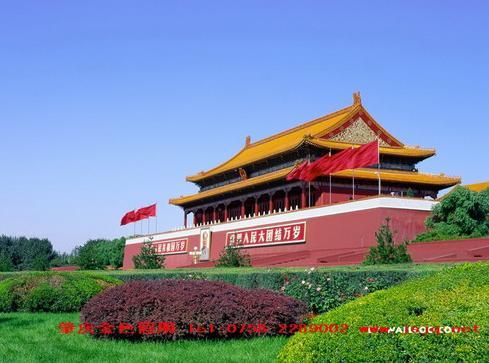
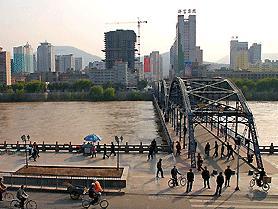
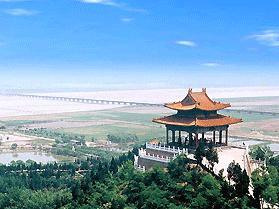
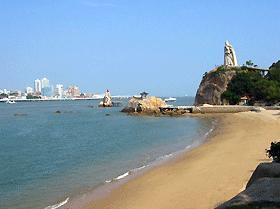
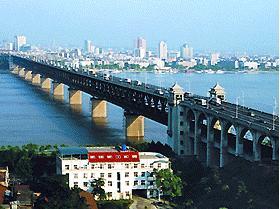
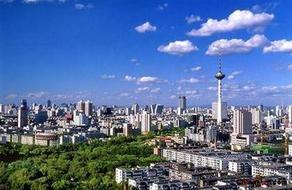
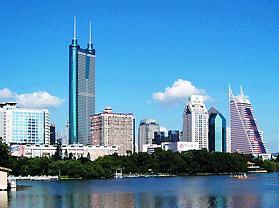
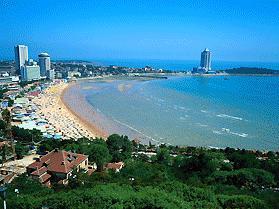
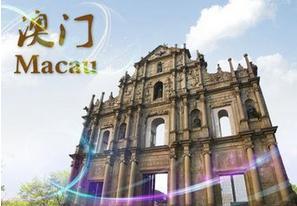
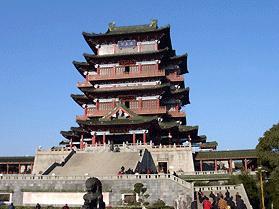
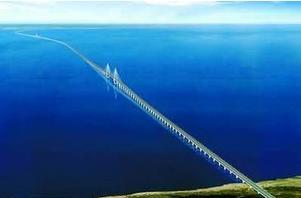
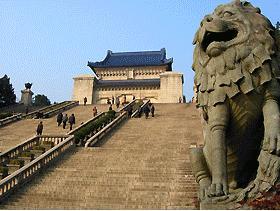
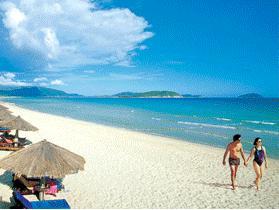
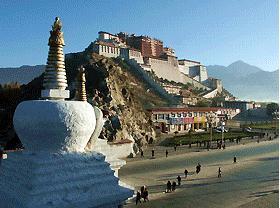
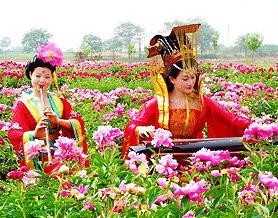

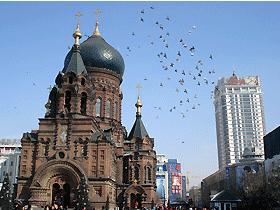
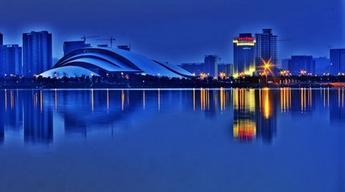
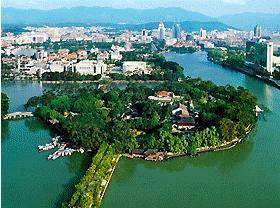
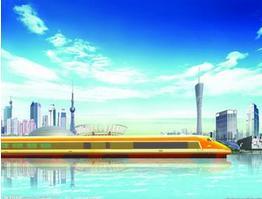
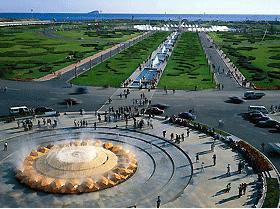
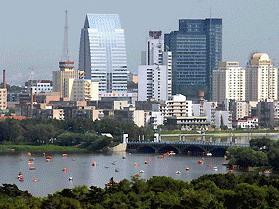
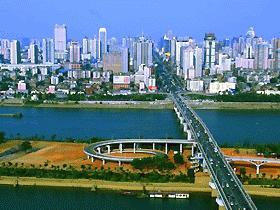
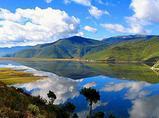
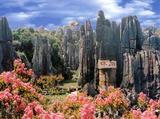

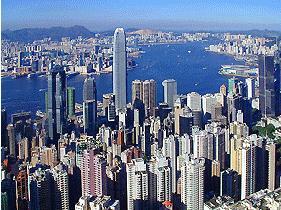

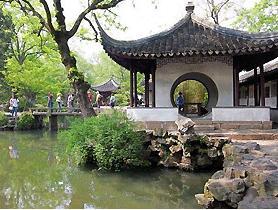

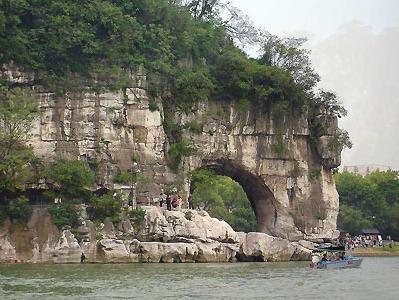

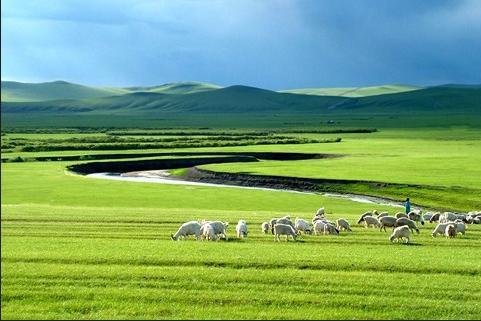
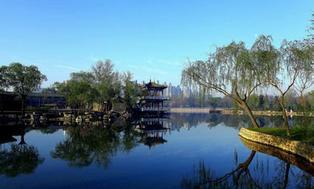
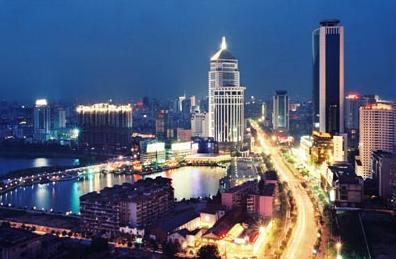
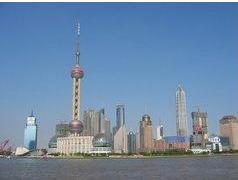
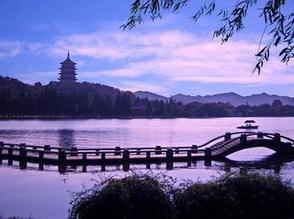

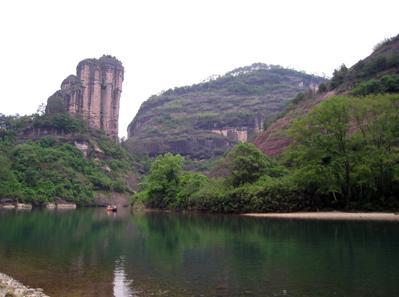
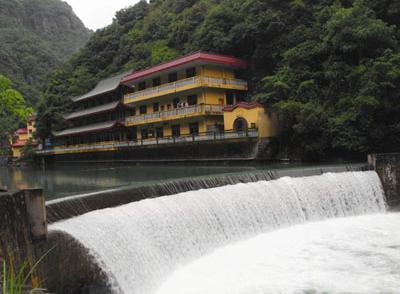
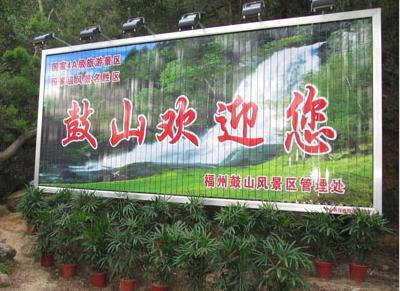
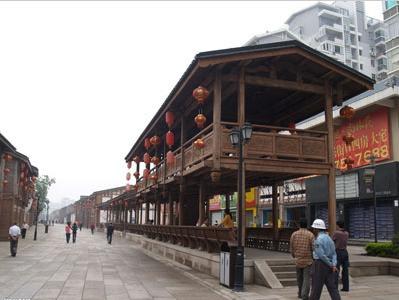
 Chinese
Chinese
 English
English
 Korean
Korean
 Japanese
Japanese
 French
French
 Russian
Russian
 Vietnamese
Vietnamese
